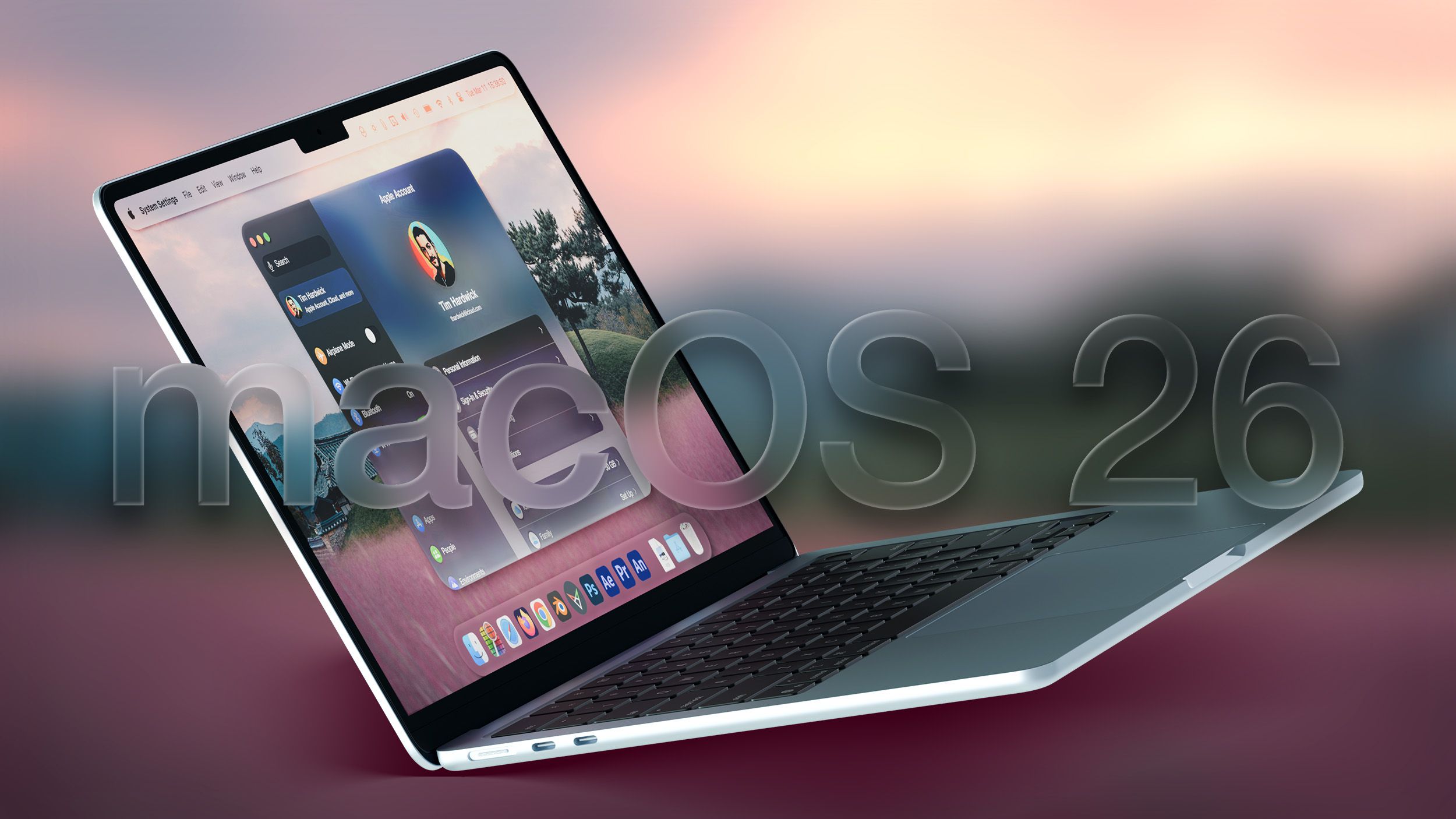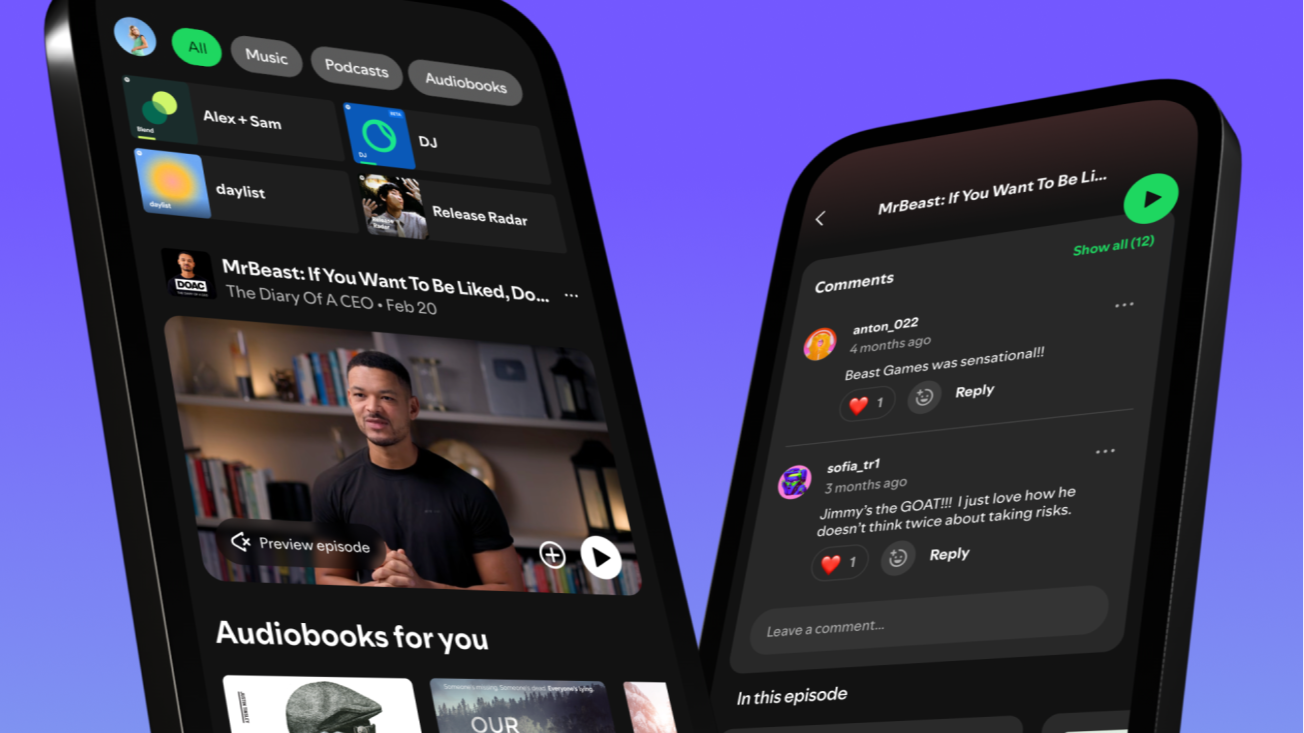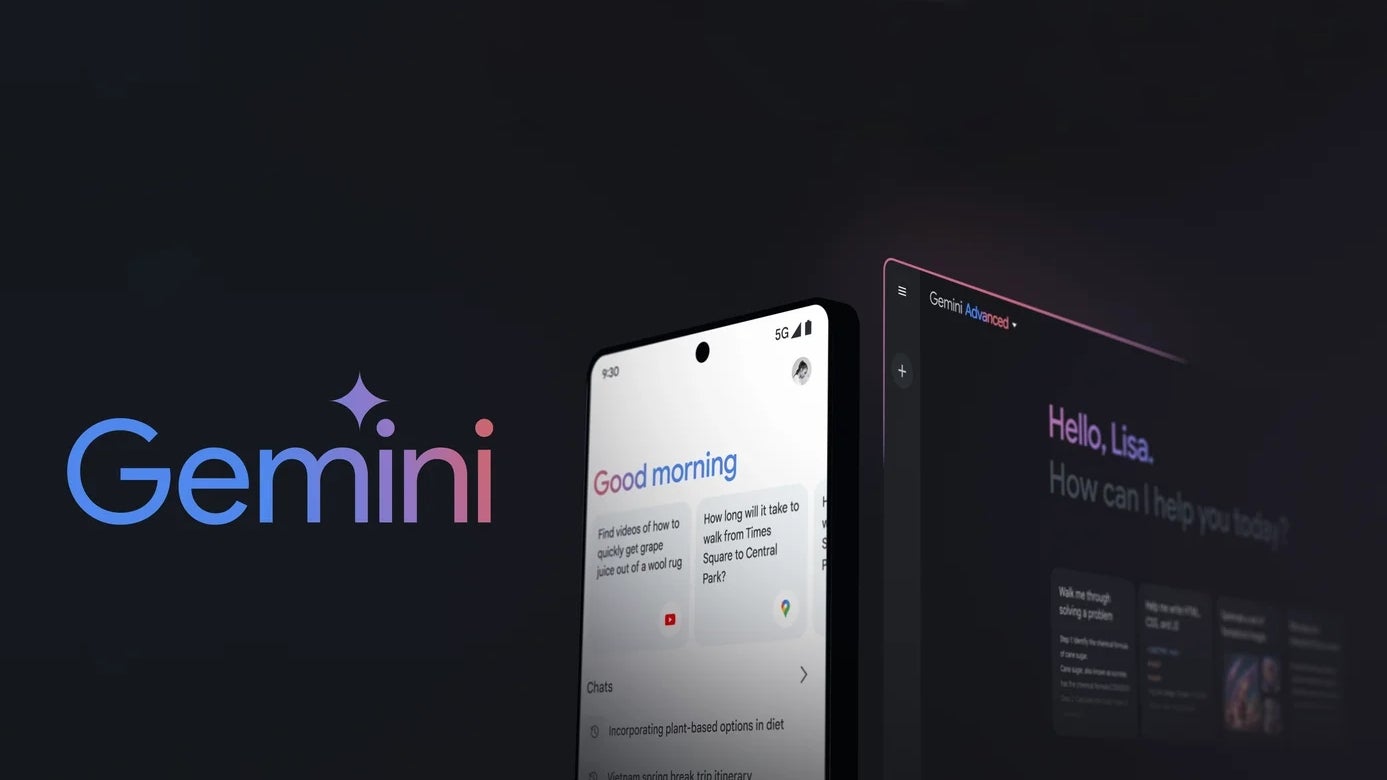Reinforcement Learning Meets UI: The Future of Adaptive Interfaces
As artificial intelligence continues to permeate various aspects of technology, its integration into user interface (UI) design is opening new frontiers. One particularly promising area is the application of reinforcement learning (RL) to create adaptive user interfaces (AUIs) that evolve based on individual user interactions and feedback. The Evolution of Adaptive User Interfaces Traditional adaptive interfaces adjust their behavior based on predefined rules or user profiles. However, these systems often lack the flexibility to respond to real-time user behavior dynamically. Reinforcement learning offers a solution by enabling interfaces to learn optimal adaptation strategies through continuous interaction with users. Recent research has explored integrating human feedback into RL-based frameworks for AUIs. By allowing users to provide direct input on interface adaptations, these systems can train personalized RL agents that tailor the UI experience to individual preferences and needs. This approach has shown significant improvements in user experience, particularly in domains like e-learning and travel planning. Key Components of RL-Driven AUIs User-Centric Feedback Loops: Incorporating real-time feedback from users allows the system to adjust its behavior more accurately, leading to a more personalized experience. Personalized RL Agents: Instead of a one-size-fits-all model, each user interacts with an RL agent trained specifically on their behavior and feedback, enhancing the relevance of adaptations. Dynamic Interface Adjustments: The system can modify various UI elements—such as layout, content presentation, and navigation paths—in response to user interactions, improving usability and engagement. Implications for Developers and Designers The integration of RL into UI design necessitates a collaborative approach between developers and designers: Data Collection and Privacy: Implementing mechanisms to collect user interaction data responsibly, ensuring compliance with privacy regulations. Cross-Disciplinary Collaboration: Combining expertise in machine learning, human-computer interaction, and design to develop effective RL-driven AUIs. Continuous Evaluation: Establishing metrics to assess the performance of adaptive interfaces, focusing on user satisfaction and task efficiency. Looking Ahead The fusion of reinforcement learning and UI design represents a significant step toward more intelligent and responsive user interfaces. As these technologies mature, we can expect interfaces that not only adapt to user behavior but also anticipate needs, leading to more intuitive and satisfying user experiences.

As artificial intelligence continues to permeate various aspects of technology, its integration into user interface (UI) design is opening new frontiers. One particularly promising area is the application of reinforcement learning (RL) to create adaptive user interfaces (AUIs) that evolve based on individual user interactions and feedback.
The Evolution of Adaptive User Interfaces
Traditional adaptive interfaces adjust their behavior based on predefined rules or user profiles. However, these systems often lack the flexibility to respond to real-time user behavior dynamically. Reinforcement learning offers a solution by enabling interfaces to learn optimal adaptation strategies through continuous interaction with users.
Recent research has explored integrating human feedback into RL-based frameworks for AUIs. By allowing users to provide direct input on interface adaptations, these systems can train personalized RL agents that tailor the UI experience to individual preferences and needs. This approach has shown significant improvements in user experience, particularly in domains like e-learning and travel planning.
Key Components of RL-Driven AUIs
User-Centric Feedback Loops: Incorporating real-time feedback from users allows the system to adjust its behavior more accurately, leading to a more personalized experience.
Personalized RL Agents: Instead of a one-size-fits-all model, each user interacts with an RL agent trained specifically on their behavior and feedback, enhancing the relevance of adaptations.
Dynamic Interface Adjustments: The system can modify various UI elements—such as layout, content presentation, and navigation paths—in response to user interactions, improving usability and engagement.
Implications for Developers and Designers
The integration of RL into UI design necessitates a collaborative approach between developers and designers:
Data Collection and Privacy: Implementing mechanisms to collect user interaction data responsibly, ensuring compliance with privacy regulations.
Cross-Disciplinary Collaboration: Combining expertise in machine learning, human-computer interaction, and design to develop effective RL-driven AUIs.
Continuous Evaluation: Establishing metrics to assess the performance of adaptive interfaces, focusing on user satisfaction and task efficiency.
Looking Ahead
The fusion of reinforcement learning and UI design represents a significant step toward more intelligent and responsive user interfaces. As these technologies mature, we can expect interfaces that not only adapt to user behavior but also anticipate needs, leading to more intuitive and satisfying user experiences.






























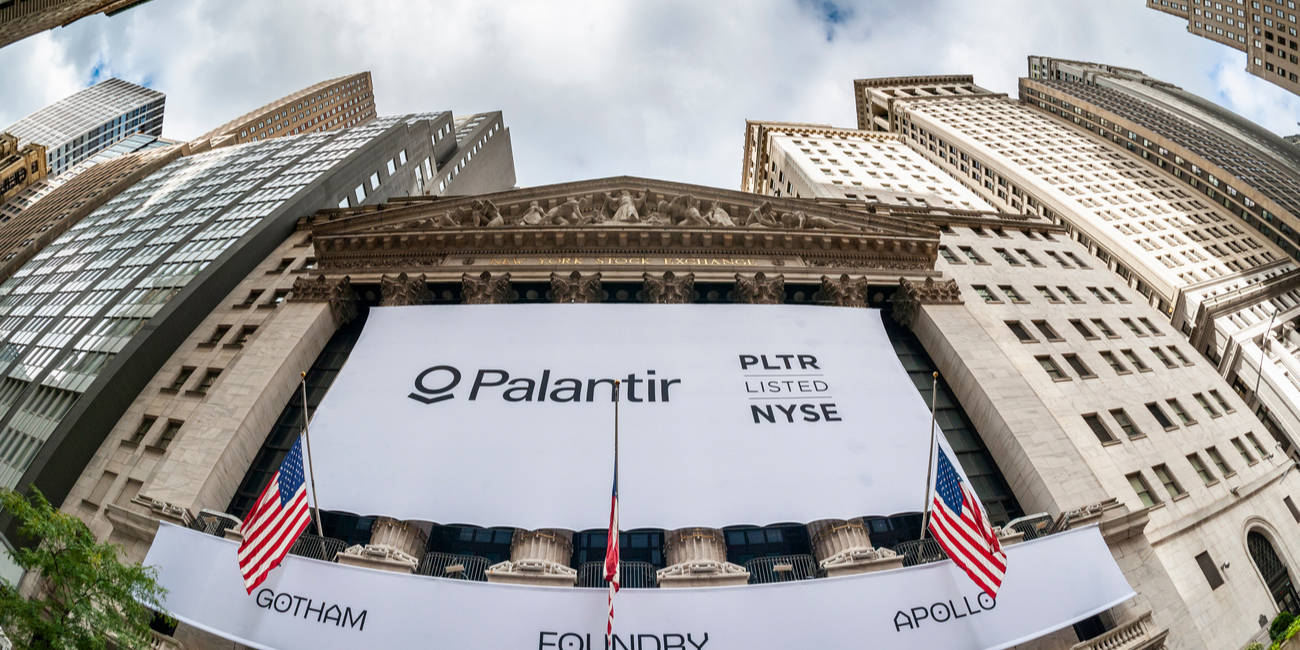
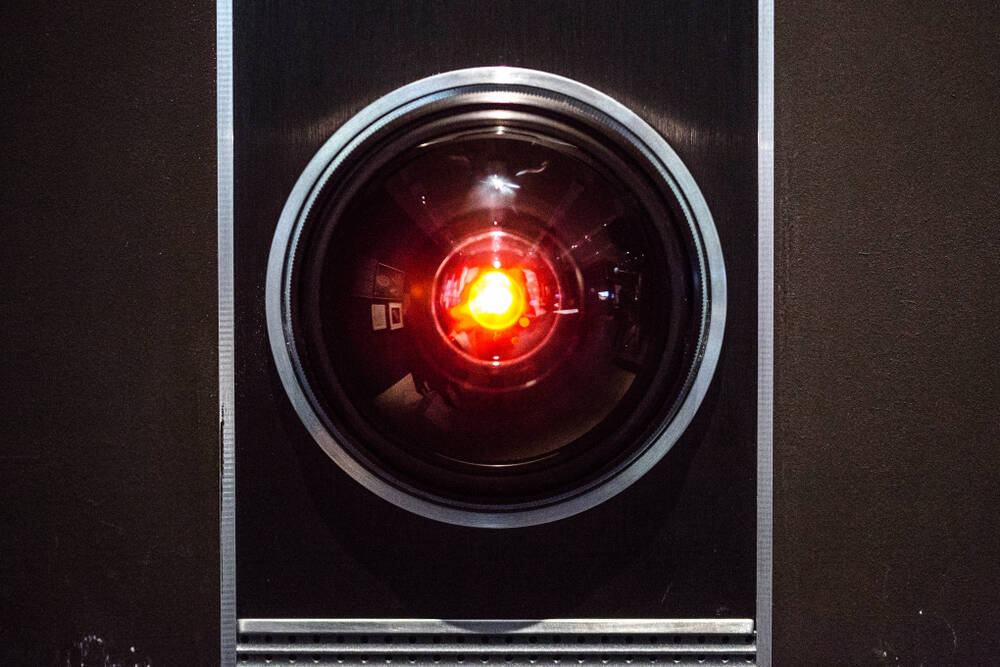


































































































































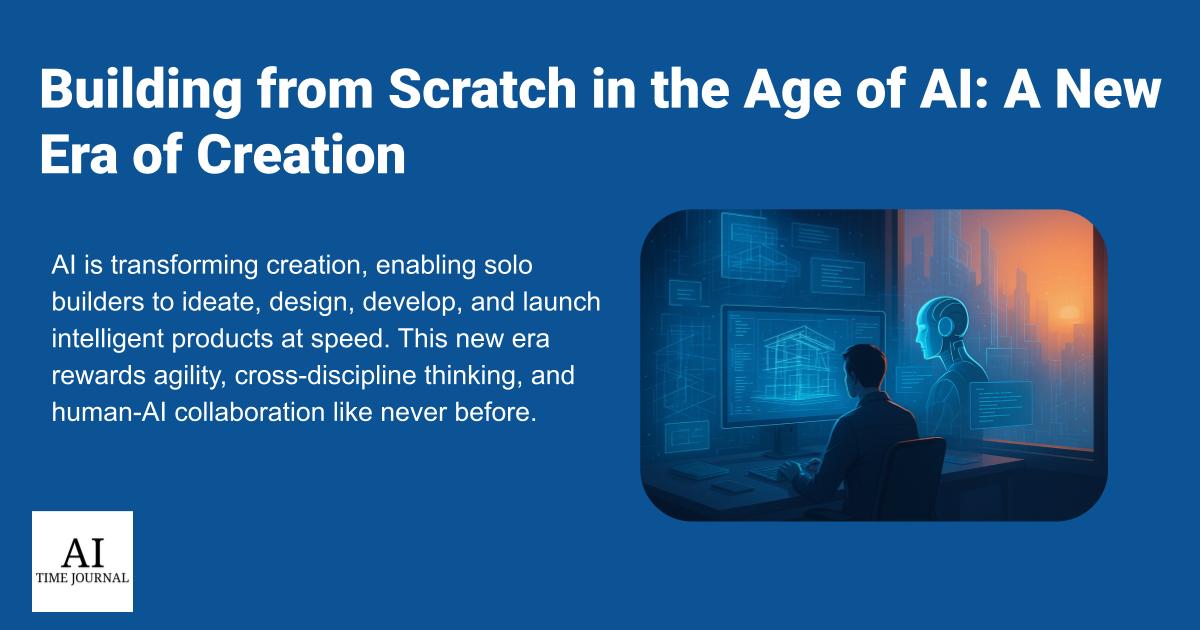












![[The AI Show Episode 150]: AI Answers: AI Roadmaps, Which Tools to Use, Making the Case for AI, Training, and Building GPTs](https://www.marketingaiinstitute.com/hubfs/ep%20150%20cover.png)
![[The AI Show Episode 149]: Google I/O, Claude 4, White Collar Jobs Automated in 5 Years, Jony Ive Joins OpenAI, and AI’s Impact on the Environment](https://www.marketingaiinstitute.com/hubfs/ep%20149%20cover.png)








































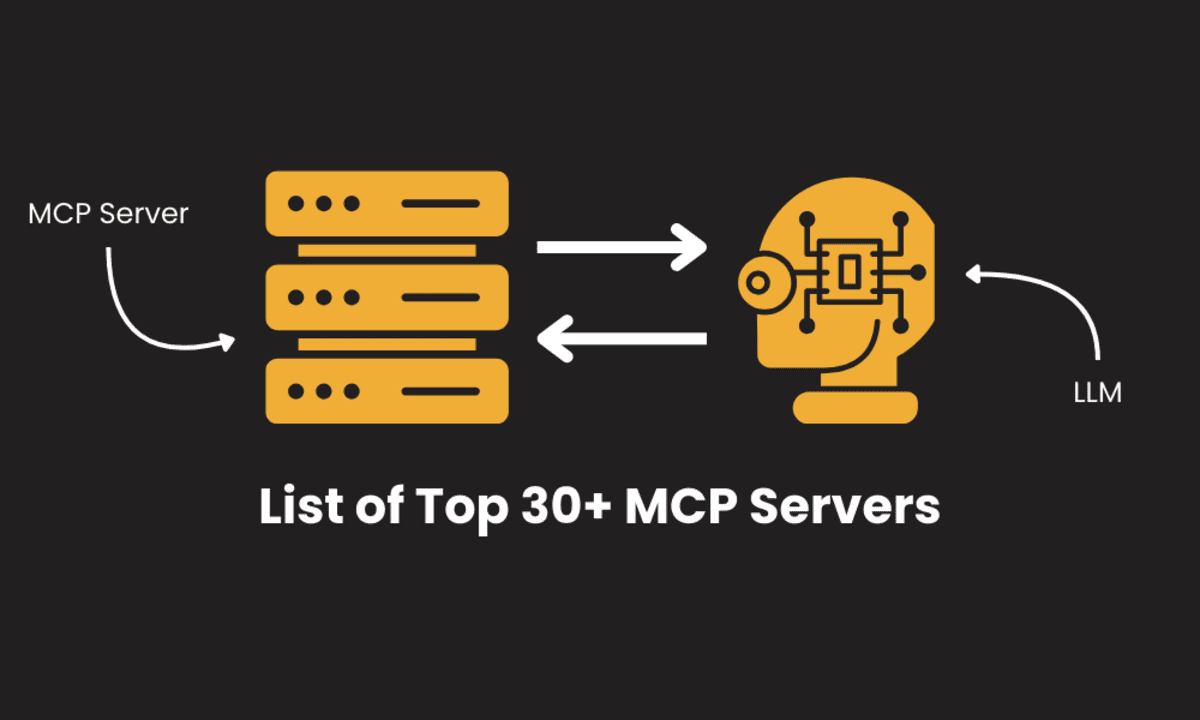



















































































![[DEALS] Mail Backup X Individual Edition: Lifetime Subscription (72% off) & Other Deals Up To 98% Off – Offers End Soon!](https://www.javacodegeeks.com/wp-content/uploads/2012/12/jcg-logo.jpg)






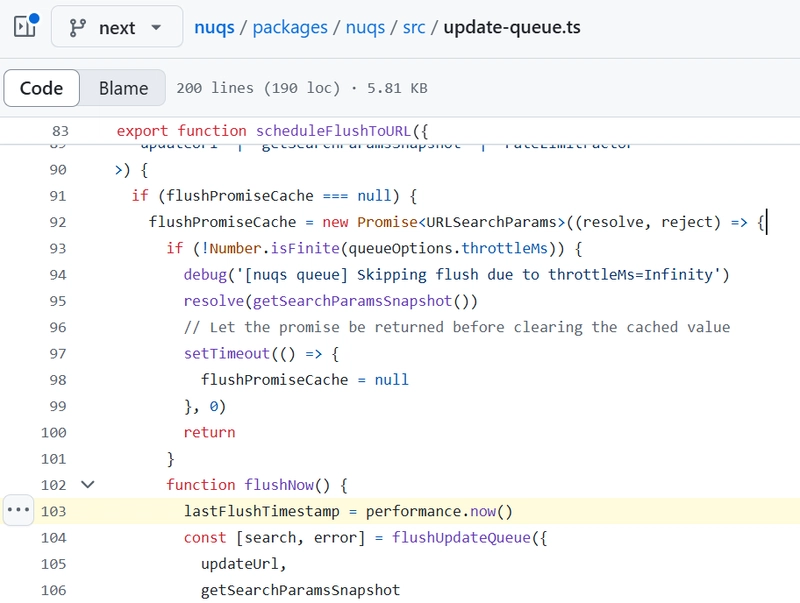













































































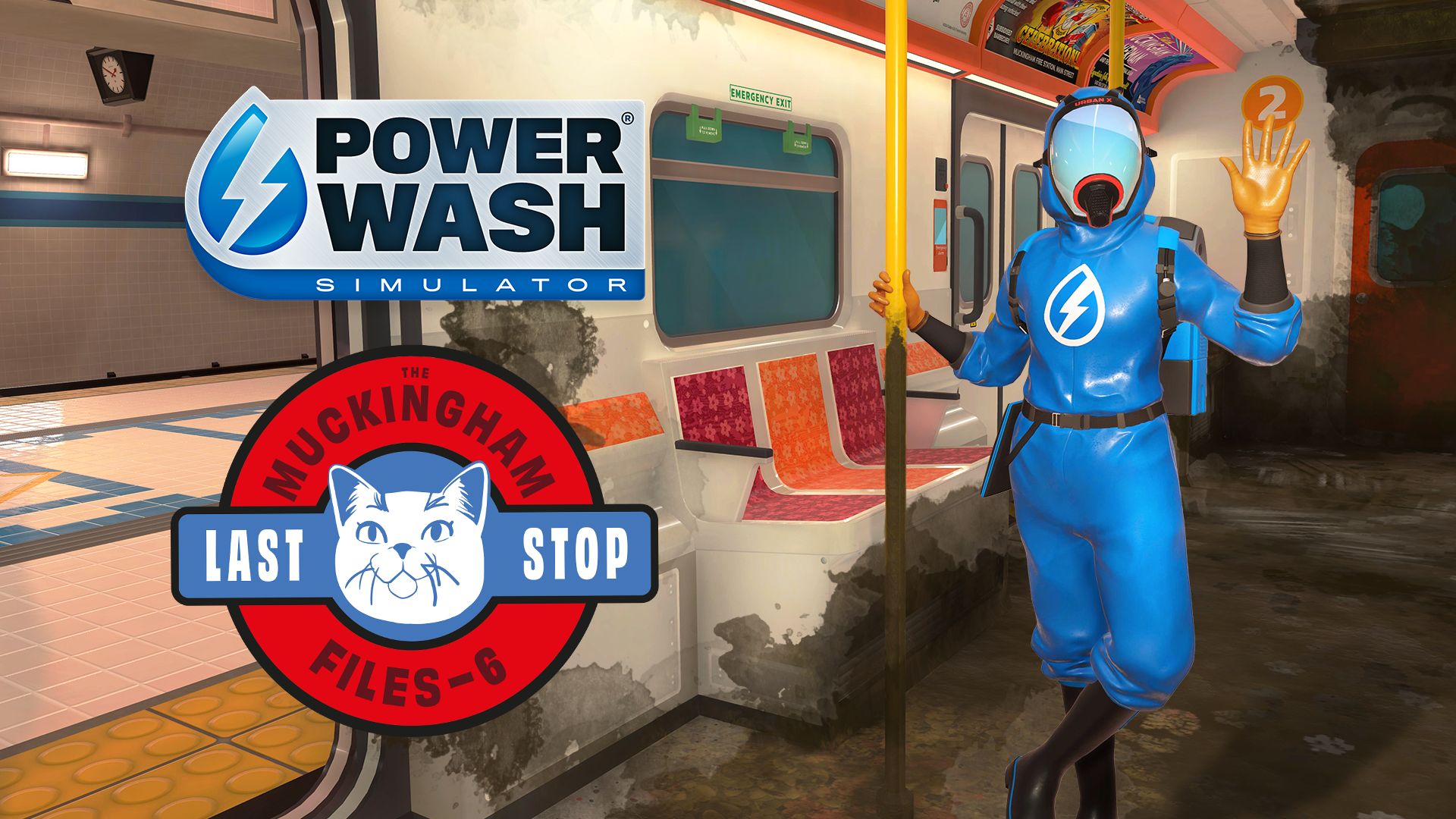




















































_Luis_Moreira_Alamy.jpg?width=1280&auto=webp&quality=80&disable=upscale#)


_imageBROKER.com_via_Alamy.jpg?width=1280&auto=webp&quality=80&disable=upscale#)














































































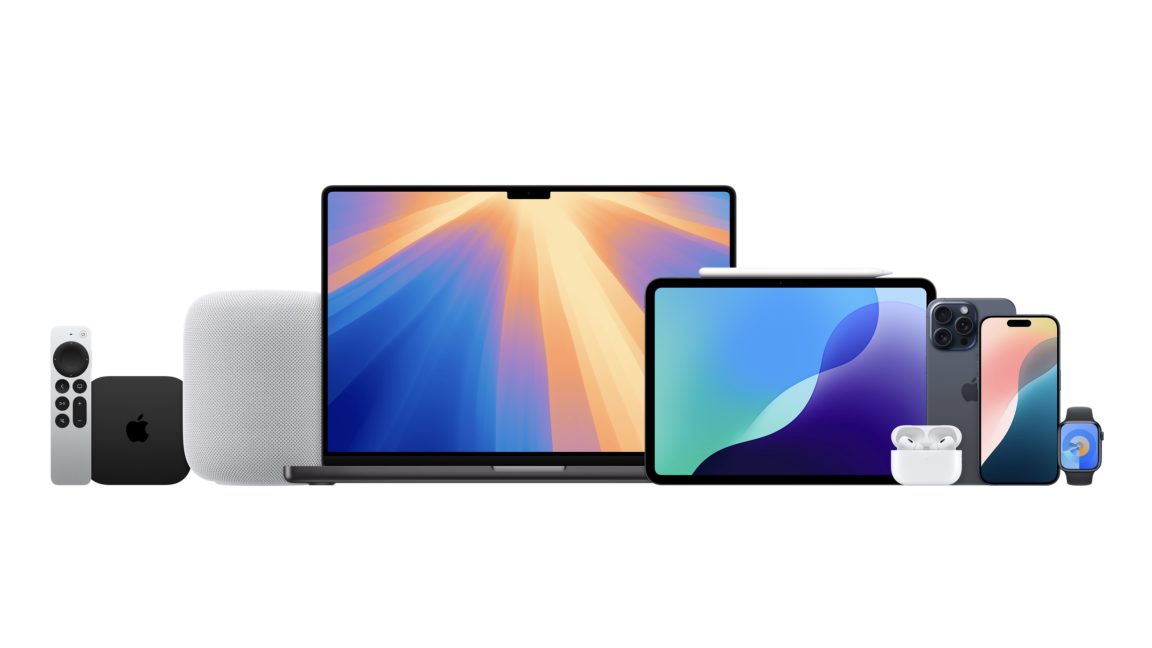









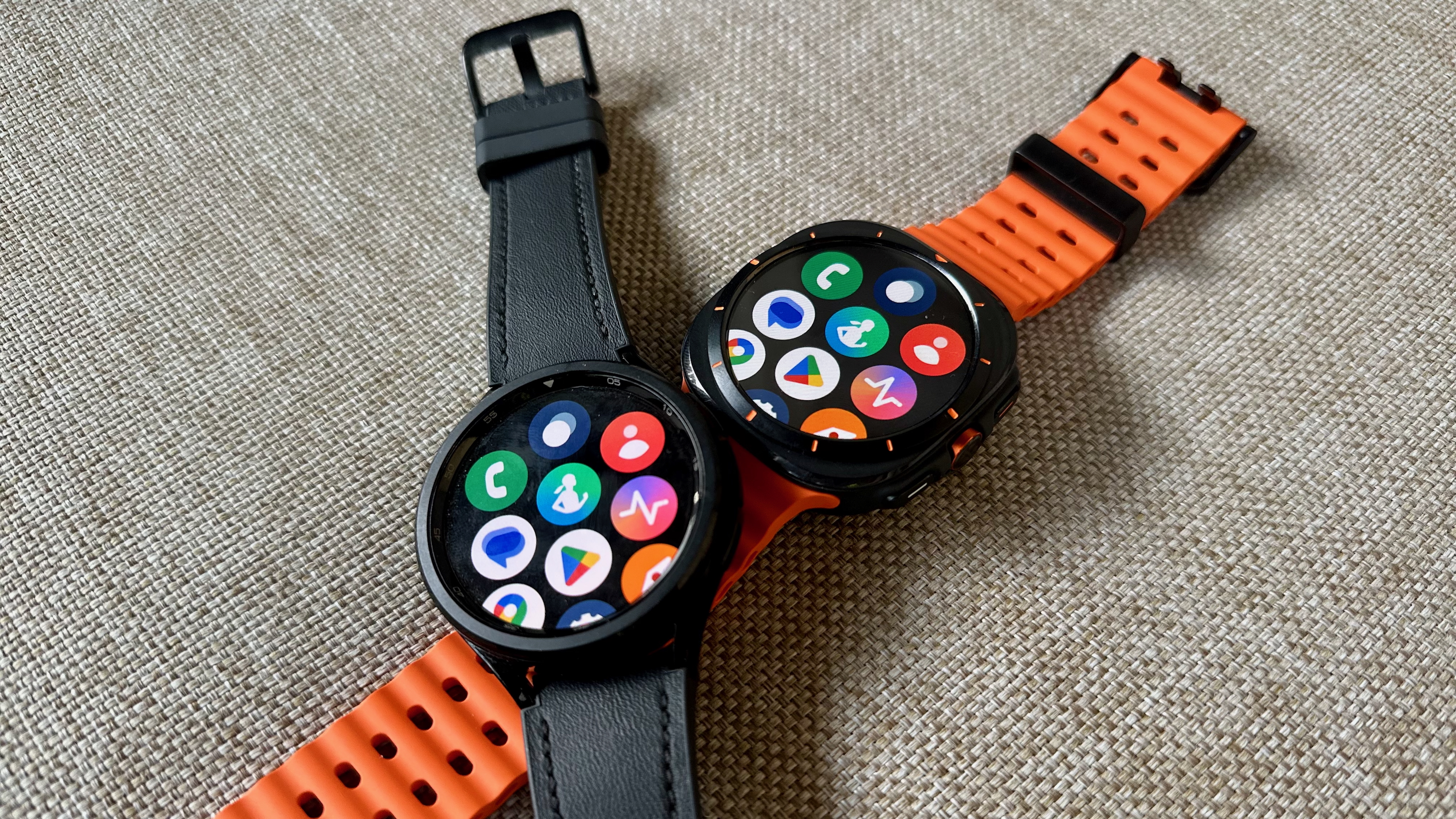





![This app turns your Apple Watch into a Game Boy [Hands-on]](https://i0.wp.com/9to5mac.com/wp-content/uploads/sites/6/2025/05/FI-Arc-emulator.jpg.jpg?resize=1200%2C628&quality=82&strip=all&ssl=1)
![Google TV is finally preparing sleep timer support as app readies Material 3 Expressive [Gallery]](https://i0.wp.com/9to5google.com/wp-content/uploads/sites/4/2024/01/google-tv-logo.jpg?resize=1200%2C628&quality=82&strip=all&ssl=1)














![Apple Shares Official Trailer for 'Smoke' Starring Taron Egerton [Video]](https://www.iclarified.com/images/news/97453/97453/97453-640.jpg)
![Apple's M4 Mac Mini Drops to $488.63, New Lowest Price Ever [Deal]](https://www.iclarified.com/images/news/97456/97456/97456-1280.jpg)

![iPhone 16 Becomes World's Best-Selling Smartphone in Q1 2025 [Chart]](https://www.iclarified.com/images/news/97448/97448/97448-640.jpg)









































